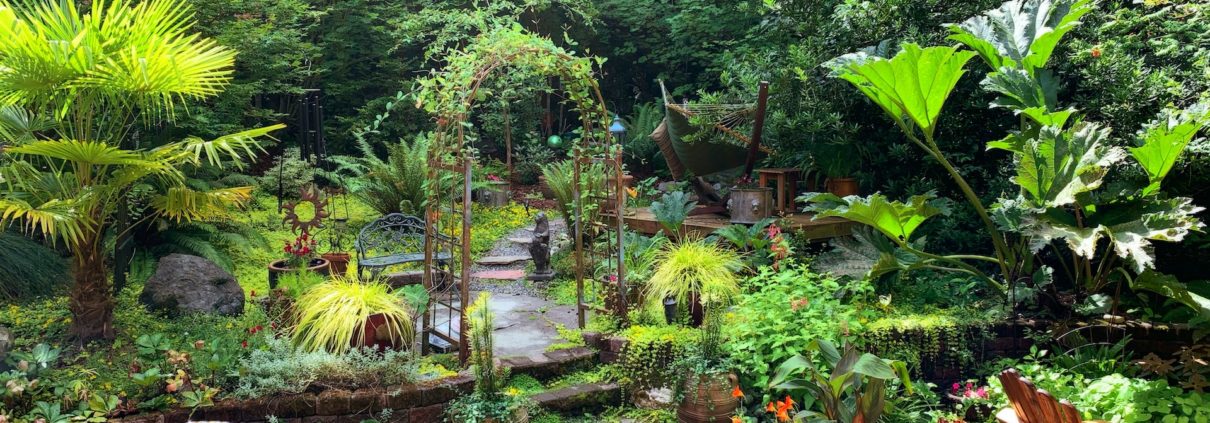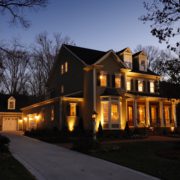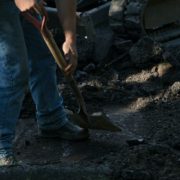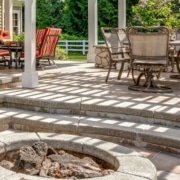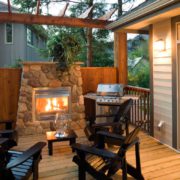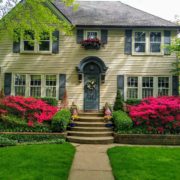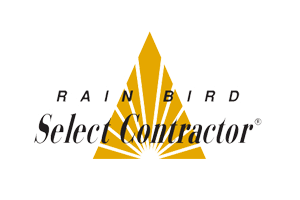Charlotte Hardscaping Whats New
When creating a beautiful and functional outdoor space, landscaping is key. However, it’s not just about planting flowers and trees. In Charlotte Hardscaping is an essential part of landscape design that can take your outdoor living space to the next level.
What is Hardscaping?
in Charlotte Hardscaping refers to the non-plant elements of a landscape, such as walkways, retaining walls, patios, and outdoor kitchens. It’s the backbone of your outdoor living space and can add beauty and functionality to your landscape design.
Why is Hardscaping Important?
Hardscaping is important for several reasons. First, it can add structure and organization to your outdoor space. By creating defined areas for different activities, such as lounging, dining, and cooking, you can make the most of your space and create a more functional outdoor living area.
Second, hardscaping can add visual interest and texture to your landscape. A well-placed retaining wall or a gorgeous stone walkway can create a stunning focal point in your outdoor space and enhance the natural beauty of your landscape.
Finally, hardscaping can increase the value of your home. A well-designed outdoor living space with hardscaping elements can be a major selling point for potential buyers and help you get a higher price for your home.
How to Incorporate Hardscaping Into Your Landscape Design
Now that we’ve established why hardscaping is important let’s explore how to incorporate it into your landscape design.
1. Start with a Plan
Before you start adding your Charlotte hardscaping elements to your landscape, it’s important to have a plan. Think about how you want to use your outdoor space and what hardscaping elements will be necessary to make that happen. Consider factors such as your yard’s size and shape, budget, and style.
2. Choose the Right Materials for Your Charlotte Hardscaping
The materials you choose can make a big difference in the final result when it comes to your Charlotte hardscaping. Many different materials include stone, brick, concrete, and wood. Consider the style of your home and the surrounding landscape when choosing materials to ensure a cohesive look.you
3. Create Defined Areas
One of the biggest benefits of hardscaping is the ability to create defined areas for different activities. Consider adding a patio for outdoor dining, a fire pit for cozy evenings, or a walkway to connect different areas of your yard. By creating these defined areas, you’ll make the most of your outdoor space and create a more functional living area.
4. Add Elements for Visual Interest
In addition to creating defined areas, hardscaping can also add visual interest to your landscape. Consider adding a water feature, such as a fountain, pond, or retaining wall, to create a stunning focal point. These elements can enhance the natural beauty of your landscape and create a more inviting outdoor space.
5. Think About Maintenance
Finally, it’s important to consider maintenance when adding to your Charlotte hardscaping elements to your landscape. Some materials, such as stone, require little maintenance, while others, such as wood, may require regular upkeep. Make sure you choose materials you’re comfortable maintaining to ensure your outdoor living space stays beautiful and functional for years.
Conclusion of Your Charlotte Hardscaping
Hardscaping is an essential part of landscape design that can add beauty and functionality to your outdoor living space. By starting with a plan, choosing the right materials, creating defined areas, adding visual interest, and thinking about maintenance, you can create a stunning outdoor oasis you’ll enjoy for years.
Are you planning to get some hardscaping in Charlotte, NC? Charlotte Lighting & Hardscapes can help you make your outdoor area look more appealing and enjoyable for you and your family to spend time in. Contact us today!
Read more at wiki




